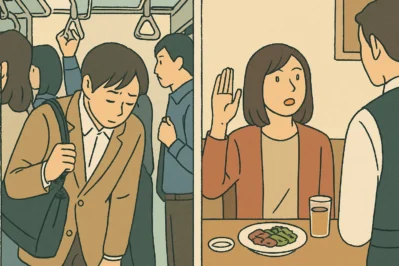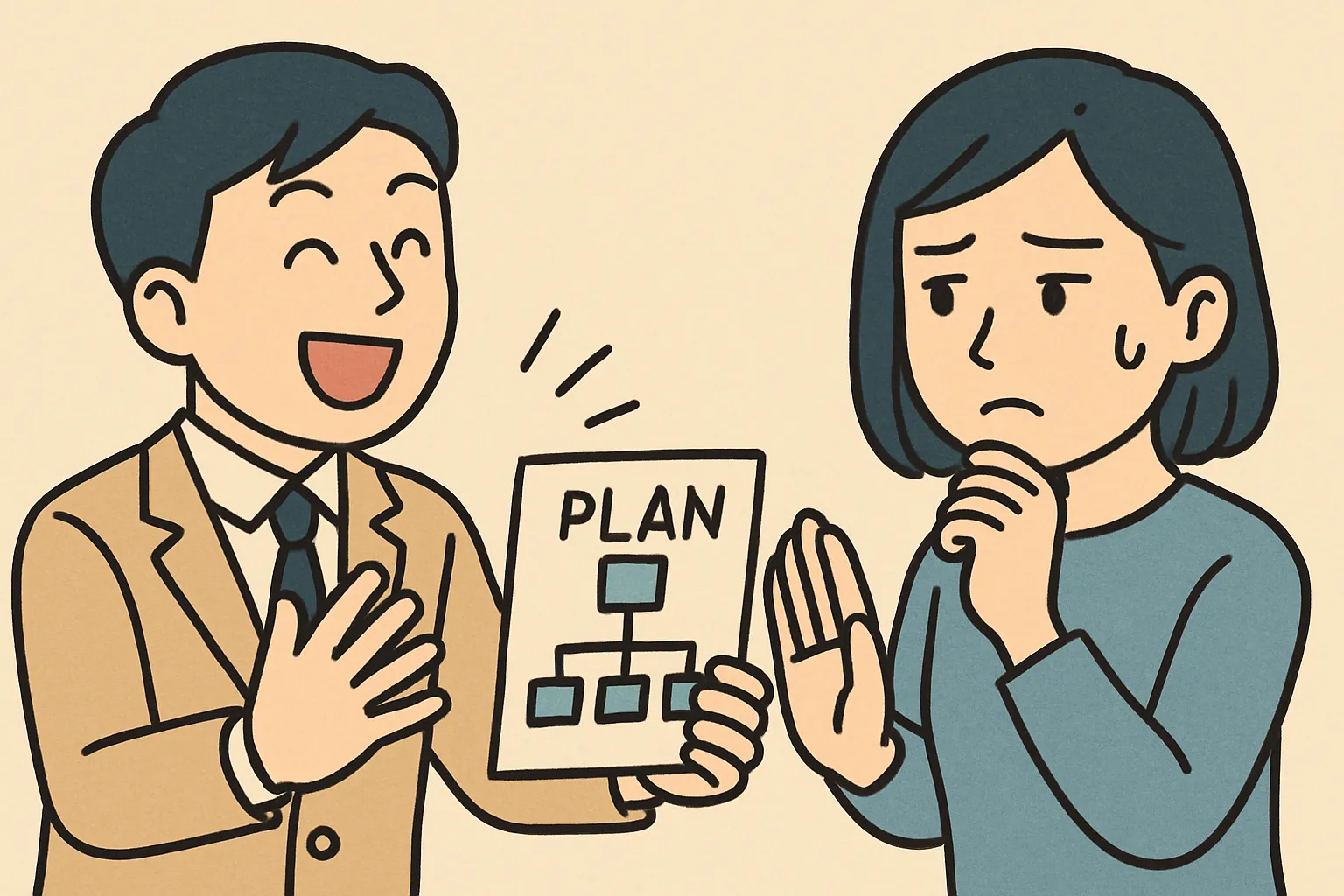Oops, Sorry to Bother You! How to Apologize in Korean
Hello! Welcome to [Maeil Hangeul], here to upgrade your Korean skills!
Have you ever been in a crowded place in Korea and needed to ask for directions? Or wanted to call the waiter in a restaurant but didn’t know how? Today, we’re going to learn some essential phrases for politely getting someone’s attention and apologizing for bothering them.
Lately in Korea, as cafes get busier and subways become more crowded, knowing how to say “Excuse me” is a real superpower. Mastering these expressions will make you sound more natural and polite in your daily interactions. Let’s dive in!
Core Expressions You Need to Know
Here are three key phrases to handle those slightly awkward but totally normal situations.
1. 저기요 (Jeogiyo)
- Pronunciation [Romanized]: Jeo-gi-yo
- English Meaning: Excuse me / Over here!
- Detailed Explanation: This is your go-to phrase for getting someone’s attention. Think of it as the Korean equivalent of raising your hand. It’s perfect for calling a waiter in a restaurant or stopping someone on the street to ask a question. It literally means “Over there,” but in this context, it’s a polite way to say, “Excuse me, could I have your attention?” It’s polite but commonly used in informal, everyday situations.
2. 잠깐만요 (Jamkkanmanyo)
- Pronunciation [Romanized]: Jam-kkan-man-yo
- English Meaning: Just a moment / Excuse me (passing through).
- Detailed Explanation: This phrase is a lifesaver in crowded spaces like a subway car or a busy market. You use it when you need to squeeze past someone. It literally means “Just a little moment,” so you’re politely asking for a second of their time or a little bit of space. You can also use it to ask someone to wait for you.
3. 실례합니다 (Sillyehamnida)
- Pronunciation [Romanized]: Sil-lye-ham-ni-da
- English Meaning: Excuse me (for the intrusion/discourtesy).
- Detailed Explanation: This is a more formal and respectful way to say “Excuse me.” It literally translates to “I am being discourteous.” You should use this when you are about to interrupt someone who looks busy, when entering a professor’s office, or when asking a stranger a more serious question. It shows you respect their time and space.
Example Dialogue
Let’s see how these expressions work in a real conversation! Imagine a tourist (A) trying to find their way in the busy Myeongdong shopping district.
A: (Trying to get through a crowd) 잠깐만요… 아, 저기요, 실례합니다.
(Jamkkanmanyo… Ah, jeogiyo, sillyehamnida.)
Excuse me, passing through… Ah, excuse me, sorry to bother you.
B: 네? 괜찮아요. 무엇을 도와드릴까요?
(Ne? Gwaenchanayo. Mueoseul dowadeurilkkayo?)
Yes? It’s okay. How can I help you?
A: 이 근처에 올리브영이 어디에 있어요?
(I geuncheo-e Ollibeu-yeong-i eodi-e isseoyo?)
Do you know where the Olive Young is around here?
B: 아, 저기 사거리에서 오른쪽으로 가시면 바로 보여요.
(A, jeogi sageori-eseo oreunjjogeuro gasimyeon baro boyeoyo.)
Ah, if you go right at that intersection, you’ll see it right away.
A: 정말 감사합니다!
(Jeongmal gamsahamnida!)
Thank you so much!
Culture Tip & Trend Deep Dive
- The “Sorry” Head Nod: In Korea, words and actions go together! When you accidentally bump into someone on the subway and say 잠깐만요 (Jamkkanmanyo) or a quick 죄송합니다 (Joesonghamnida – I’m sorry), it’s almost always paired with a slight bow or a quick nod of the head. This non-verbal apology is just as important as the phrase itself!
- K-Drama Watch: Pay attention in your favorite K-dramas! You’ll often hear characters say 실례합니다 (Sillyehamnida) before entering their boss’s office or asking an important question. For example, in the hit drama Queen of Tears, the characters often use this phrase in business settings to show respect. Seeing it in context will help you remember the nuance!
- Z-Generation Tip: While 저기요 (Jeogiyo) is standard for calling a waiter, younger Koreans in casual restaurants sometimes also call out 사장님! (Sajangnim! – Owner!) even if the person isn’t the actual owner. It’s a friendly and common way to get service quickly!
Wrap-up & Practice Time!
Awesome work today! You’ve learned three fantastic ways to politely get attention and apologize for small interruptions:
* 저기요 (Jeogiyo): For getting general attention.
* 잠깐만요 (Jamkkanmanyo): For passing through a crowd.
* 실례합니다 (Sillyehamnida): For more formal interruptions.
Now, let’s test your knowledge!
- Fill-in-the-blank: You are on a crowded bus and need to get to the door to exit. You should say: “__________.”
- Make a sentence: You see someone drop their wallet on the street. How would you get their attention politely to tell them?
Leave your answers in the comments below! We’d love to see you try using these expressions. Keep up the great work






